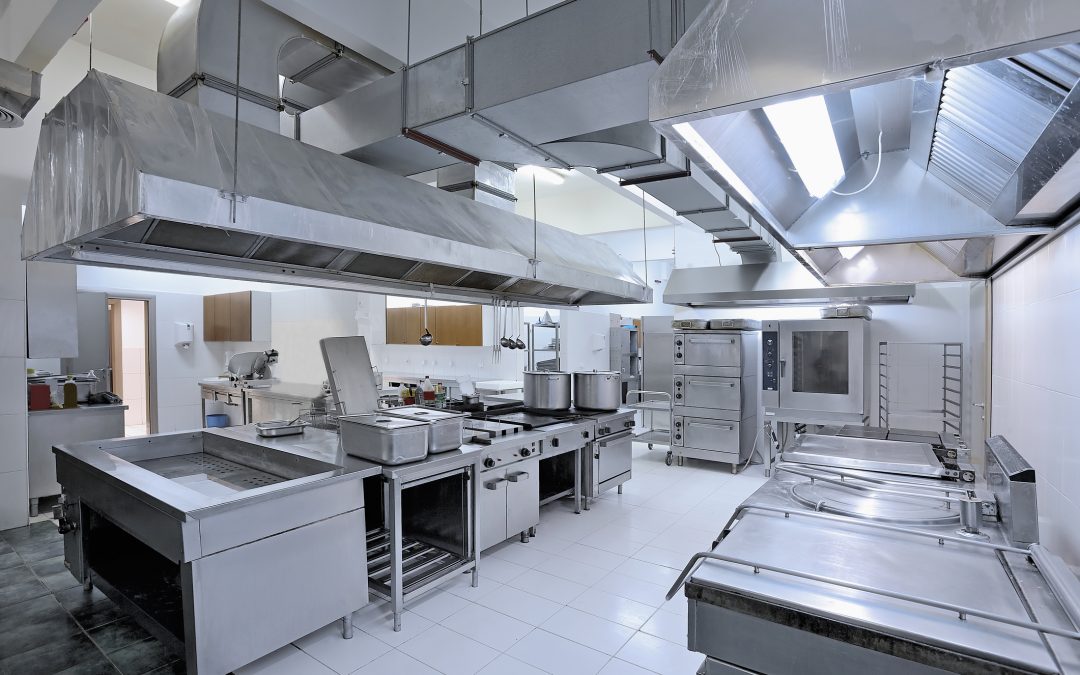Food Processing
The food and beverage industry includes all companies that process food, package food and distribute food. Including – processed food, fresh food, soft drinks, alcoholic beverages and non-alcoholic beverages.
Most gas hazards occur in secondary food processing methods including fermentation, heating, chilling, dehydration, and cooking. This section focuses on secondary food processing, which is where the most gas hazards are located.
In most commercial food processing operations, steam boilers are used to cook food, most commonly using natural gas or LPG. For gas-fired steam boilers, natural gas contains mostly methane (CH4), the most abundant component of natural gas, boilers are filled directly with this highly combustible gas.
LPG which primarily consists of propane (C3H8), requires an on-site fuel storage tank. Forced mechanical ventilation must be included in storage areas whenever flammable gases are used on site, in case of leakage. Gas detectors that are placed close to boilers and in storage rooms typically cause this ventilation to be activated.
OSHA boiler regulations recommend that gas detection system panels are used for any equipment that is powered by gas. These gas detection systems will trigger alarms and shut down the gas and power supply if a hazard is detected, except for low voltage power, emergency lighting, and equipment needed to operate in explosive environments.
We offer many solutions for flammable hazards, protecting people and buildings from fire and explosion. The portable gas detectors available at our Gas Shop consist of: Crowcon T4, Gasman, Clip SGD, Gas-Pro, and the Tetra 3

